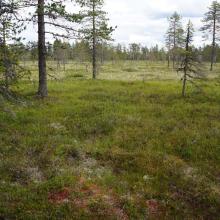
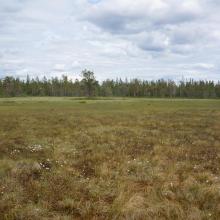
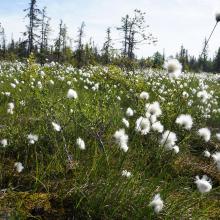
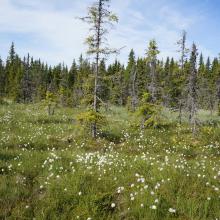
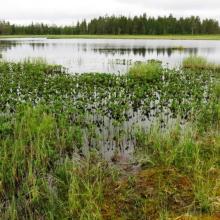
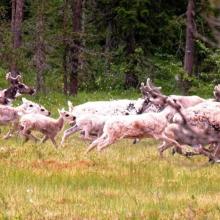
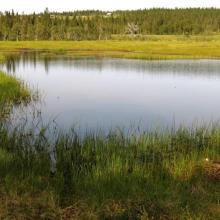
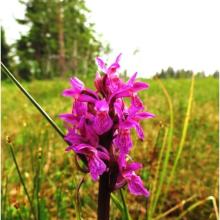
Hedmarksvidda Wetland System
- Country:Norway
- Site number:1951
- Area:4,742 ha
- Designation date:12-11-2010
- Coordinates:61°02'N 11°05'E
Materials presented on this website, particularly maps and territorial information, are as-is and as-available based on available data and do not imply the expression of any opinion whatsoever on the part of the Secretariat of the Ramsar Convention concerning the legal status of any country, territory, city or area, or of its authorities, or concerning the delimitation of its frontiers or boundaries.
Overview
The Site, which includes the sub-sites of Endelausmyrene, Brumundsjøen, Harasjømyrene and Lavsjømyrene-Målikjølen, is a mosaic of fens, mires, small pools, ponds and lakes interspersed with ridges of bedrock or moraine on which pine forests dominate. Birch (Betula pubescens) is also common, especially along watercourses and at the edges of mires. The Site supports some notable birds such as the nationally vulnerable ruff (Philomachus pugnax) and endangered common tern (Sterna hirundo). The Eurasian teal (Anas crecca), the mallard (Anas platyrhynchos), the common goldeneye (Bucephala clangula), and the tufted duck (Aythya fuligula) are the most common breeding species at the Site. Mammals such as the brown bear (Ursus arctos) and the Eurasian lynx (Lynx lynx) can also be found here. The mires play an important role as water reservoirs and in flood protection during periods of snowmelt and heavy precipitation. They are also important for carbon sequestration and storage. The Site is used for hunting, sports fishing, berry picking and sheep grazing.
Administrative region:
Innlandet
- National legal designation:
- Nature Reserve - Brumundsjøen and Harasjømyrene
- Nature Reserve - Endelausmyrene and Lavsjømyrene-Målikjølen
- Last publication date:10-05-2023
Downloads
Ramsar Information Sheet (RIS)
Site map
Additional reports and documents
- Other published literature
